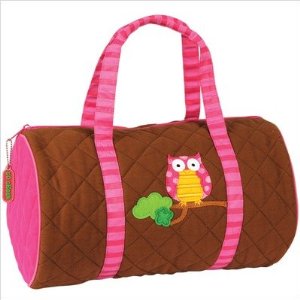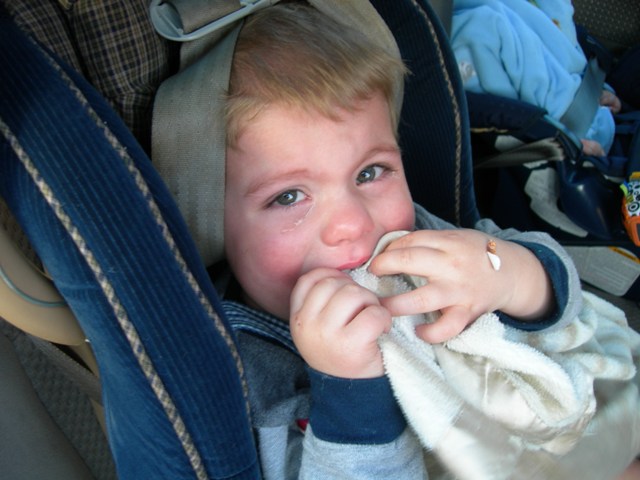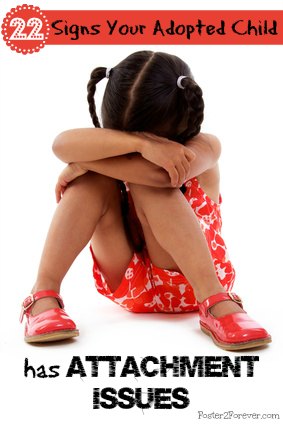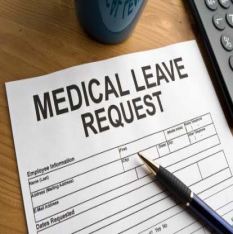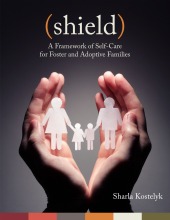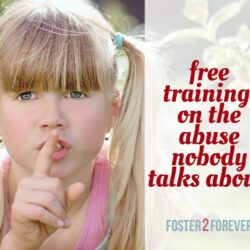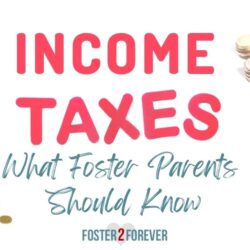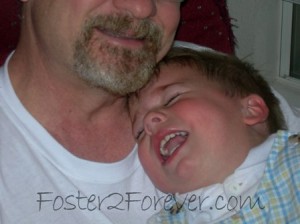 He was out-of control – as if demons had taken over his soul. His screaming was unintelligible. His body was flailing about with his arms punching the air or anything in the way. His face was the color of a sun-ripened tomato. His kicking jerked as his body contorted into different directions.
He was out-of control – as if demons had taken over his soul. His screaming was unintelligible. His body was flailing about with his arms punching the air or anything in the way. His face was the color of a sun-ripened tomato. His kicking jerked as his body contorted into different directions.
This wasn’t just a tantrum.
My role as a mother is to raise my precious preschooler into a Godly man. But my doubts overwhelm me during these moments. Had Satan already taken hostage of my child through a disorder known as Reactive Attachment Disorder or RAD?
In these moments, I am broken. I fall to my knees crying out for God to release the demon from my beloved child.
Through the prayers, God is awakening me to devote myself to this child.
Whatever it takes, dear Lord!
My child has emotions from his neglected infanthood that he cannot understand or control. His desire is to have all his physical needs met and feel that unconditional love.
As his mother, I have to make sacrifices. I’ve taken him out of full-day school. I’ve taken family leave from work to demonstrate to him that Mommy loves him and wants to be with him.
I devote my life to my son.
A problem that isn’t too large for my Lord and Savior.

